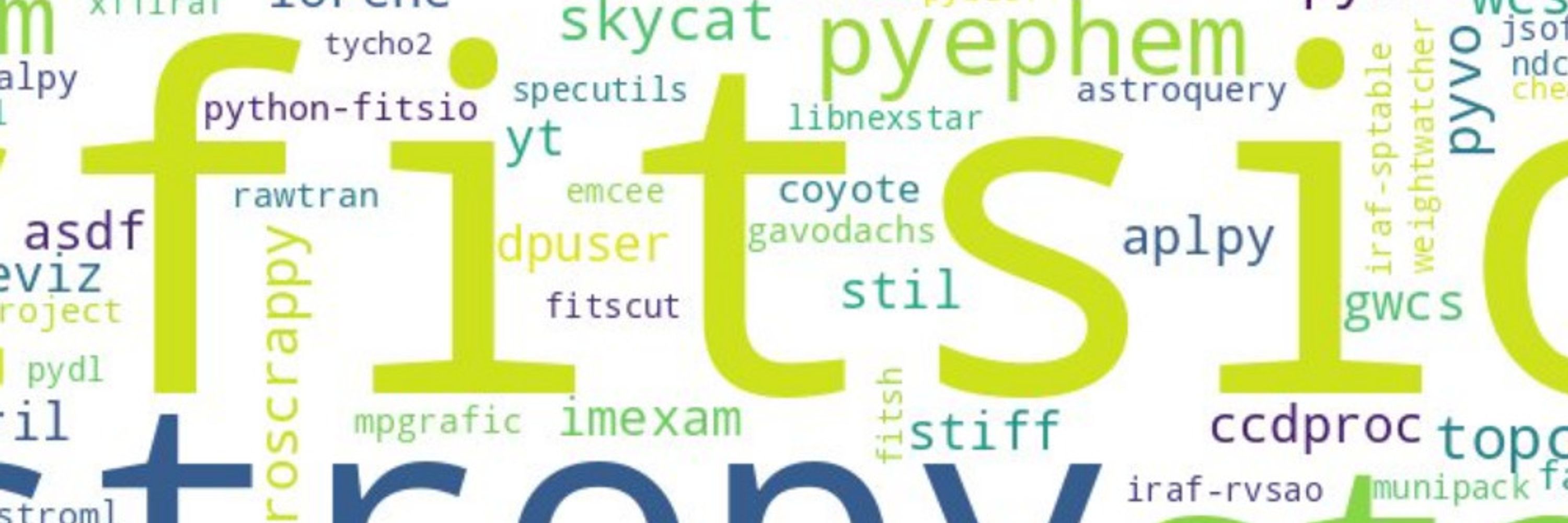Debian Astro Pure Blend
@debianastro.bsky.social
100 followers
19 following
280 posts
Debian Astro is a "Debian Pure Blend" that fits the requirements of astronomers. Account maintained by @olebole.bsky.social
Mastodon: @[email protected]
Posts
Media
Videos
Starter Packs
Reposted by Debian Astro Pure Blend







